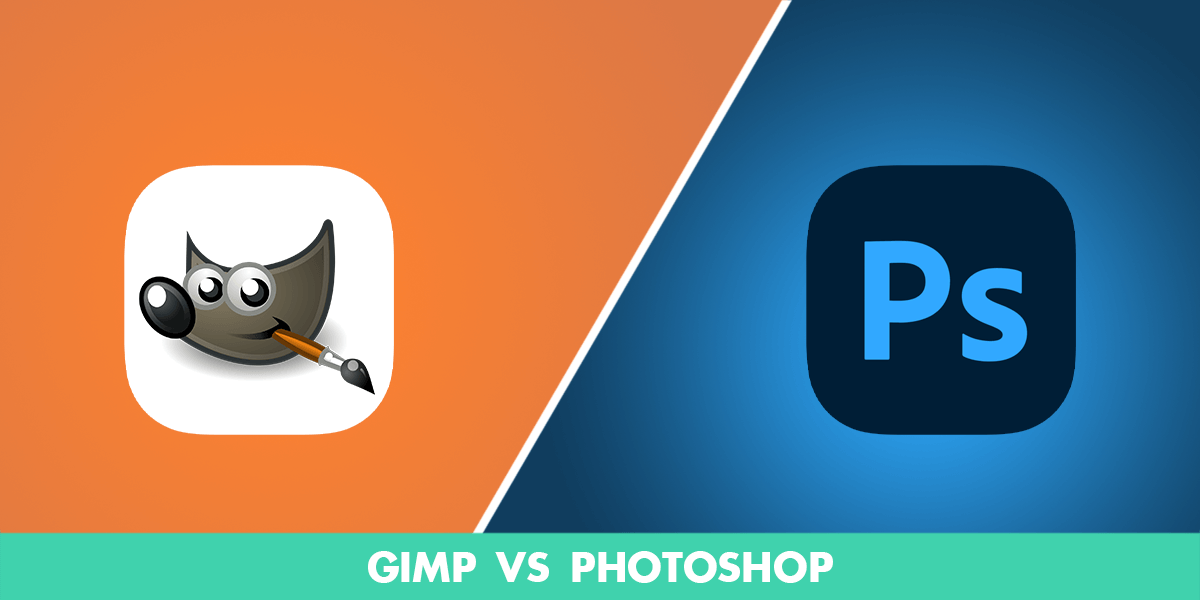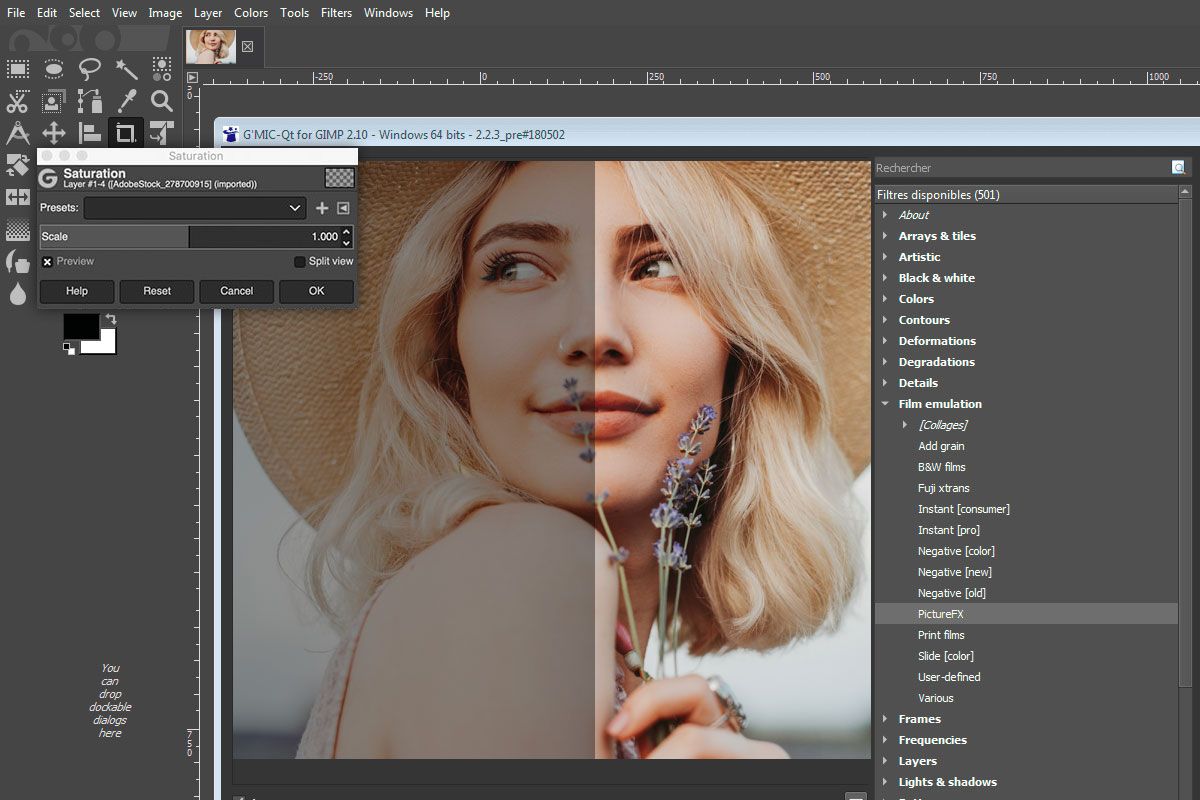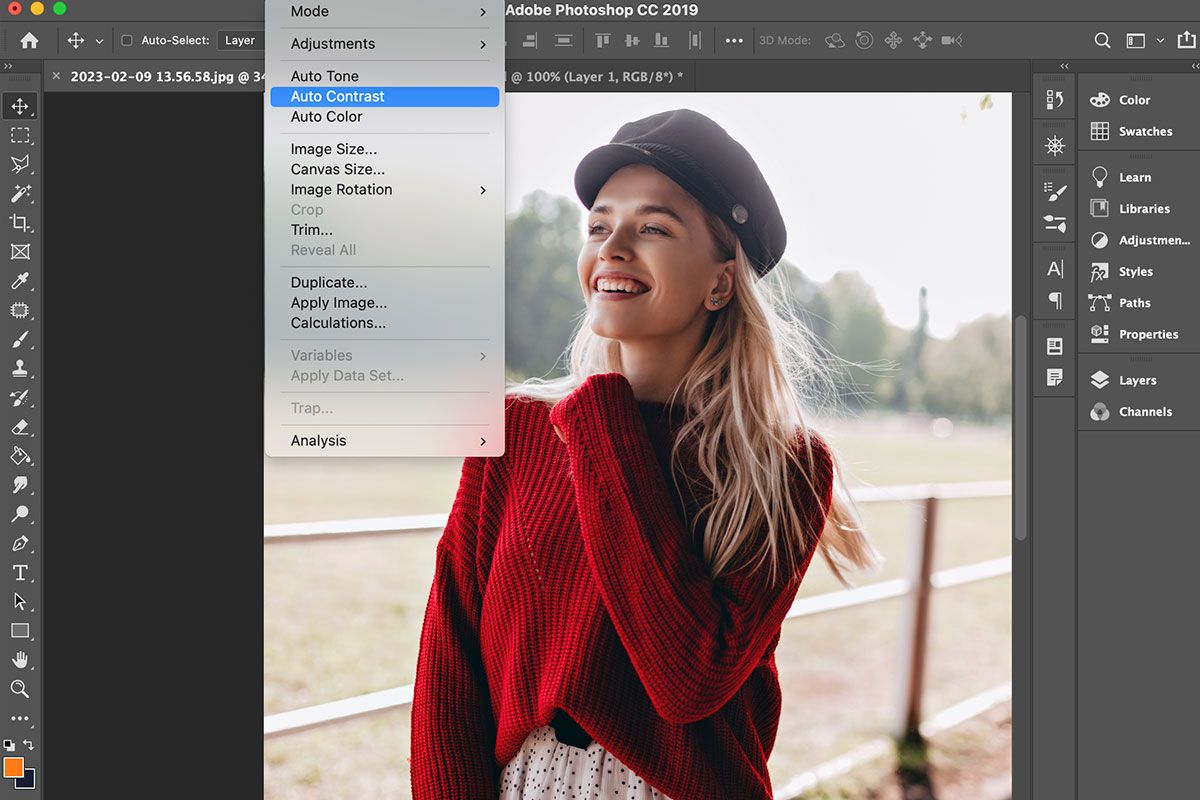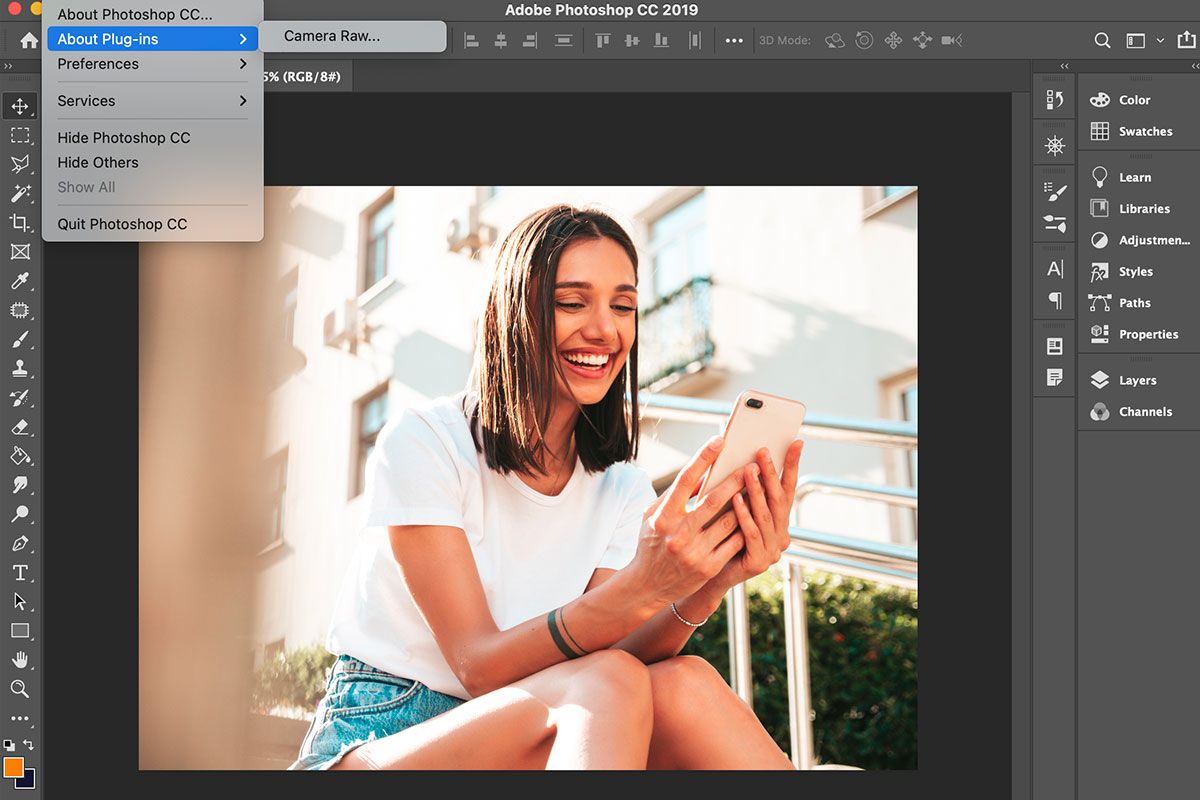- Home
- Services
- Portrait Retouching Services
- Wedding Photo Editing Services
- Color Correction Services
- Glamour Retouching Services
- Photo Retouching Services
- High End Photo Retouching Services
- Background Removal Services
- Photo Correction Services
- Photo Post Processing Services
- Photo Enhancement Services
- Photo Post Production Services
- Photo Culling Services
- Pricing
- Portfolio
- Shop
- Blog
- Login
GIMP vs Photoshop: Complete Comparison 2025
-
Juli Allen
-
February 14, 2023

Both Photoshop and GIMP are popular photo editing software, however, despite this seeming similarity between them, they were created for different levels of experience users.
Each of these programs works in its own way under diverse operating systems. While Photoshop delivers a seamless performance under Windows and macOS, GIMP also has a version for Linux.
WeEdit.Photos retouchers have compared GIMP vs Photoshop to help you analyze the main advantages and disadvantages of both programs and select the one that suits your needs most.
About GIMP

- Open-source software
- Streamlined UI for novices
- Top-level technical support
- Tools for using masks and layers
- Has a version for Linux
- Slow updates
- Occasionally freezes up
- No mobile versions
GIMP stands for GNU Image Management Program. GNU is open-source software that was developed, in the beginning, by a team of college students. Since then, this editor became a powerful free program developed by professionals in their spare time.
These days, GIMP is a free graphic editor supporting over 30 image formats. It has tools for working with filters, masks, layers, and blending modes. In addition, it stands out for a wide range of color correction and photo editing tools.
Whether you are a novice user or an experienced photographer who needs to enhance images with the help of advanced retouching techniques, you can ask Weedit.Photos for photo retouching services and spend more time on more creative tasks.
About Photoshop

- Supports all file formats
- A variety of image editing tools
- A collection of design tools
- Helpful forums and responsive technical support
- In-built library of actions, overlays, textures, filters, and brushes
- Requires a subscription
- Convoluted interface
- No progress bars for some tools
Photoshop is a graphic editor with a wide range of features. It allows users to work with raster and vector images.
The program has tools for creating three-dimensional graphics and images with a high level of detail. It is considered to be one of the best programs for creating digital drawings, developing web designs, and editing images.
All of our digital retouchers use this program as it enables them to undo up to 800 edits to improve the result. In addition, it supports HDR editing and allows you to use advanced techniques when working with layers.
If you need to use the most recent version of graphic design software and don’t know which program, GIMP or Photoshop, suits you more, keep in mind that the latter gets updated every month. The developers quickly fix bugs and add new photo editing tools.
Note: Before installing Photoshop, make sure to learn more about how to calibrate computer monitor for photo editing to streamline your workflow.
Interface Possibilities

Besides being compatible with UNIX systems, GIMP can be customized easily. You can hide the tools that you don’t need to use. It allows you to clean up your workspace and optimize your workflow.
After comparing GIMP vs Photoshop, you will see that the former has flexible functionality, which makes it suitable for users with different levels of experience. You can create custom keyboard shortcuts to make it even more convenient to use.

Photoshop is a powerful software with endless possibilities. Most users never use all the tools available in this program and edit their images using basic features.
Because of this, Photoshop may seem too convoluted for beginners. It might be difficult to figure out how to use its tools and filters to edit your photos like a pro. Despite a steep learning curve, it’s one of the best photo editing programs on the market.
Winner: GIMP
Editing Tools
GIMP has basic and pro-level photo editing toolsets for photographers and other creative professionals. Using this program, you can remove imperfections, optimize pictures, and edit several photos at the same time.
With GIMP, you can enhance pictures using multiple layers. It allows you to edit it without distorting the source image. Using the Open As Layer command, you can convert your image into a new layer.
Photoshop allows users to edit images, delete or replace the background, work with multiple layers, add text, apply effects, minimize noise, create raster graphics, and perform color correction.
However, Photoshop also allows photo manipulation artists to use a variety of tools for creating digital drawings. Besides, it has a library of shapes, text elements, as well as color and gradient fills for designers.
Winner: Photoshop
Ability to Edit RAW Images

If you compare Affinity Photo vs Photoshop in terms of their ability to work with RAW files, the latter will be a clear winner. Photoshop has a Camera RAW processor that facilitates the task of working with RAW images.
The program supports non-destructive editing and allows you to adjust WB and contrast. You can also use it for fixing distortion issues.

While GIMP doesn’t have an in-built image processor for working with RAW files, it is compatible with Darktable. However, you will need to install this free open-source software beforehand.
Then, you can open your RAW images in Darktable and edit them as you see fit. When everything is ready, you can continue editing them in GIMP.
Winner: Photoshop
Batch Processing
GIMP is a better option for those who need to edit many images at once. You can utilize this software for performing repeatable edits and enhancing batches of images.
Photoshop also supports batch processing, but it has a steeper learning curve. For this purpose, you can use actions. However, you might later find out that you didn’t configure them in the way you needed.
Winner: GIMP
Automatic Adjustments

While GIMP has an impressive set of basic editing tools, they are hardly suitable for making smart edits and automating tasks. You can apply different filters to your images to achieve an attention-grabbing result, however, these tools can hardly help you improve the functionality of this software.

The developers of Photoshop have recently introduced a set of AI-driven tools for making automated edits. For instance, you can use background removal tools powered by ML algorithms. Other tools allow you to replace the background without wasting much time, remove skin imperfections, and edit facial expressions.
Winner: Photoshop
Compatibility
GIMP is the winner when it comes to compatibility with multiple platforms, as it has versions for Windows, macOS, and Linux. If you prefer using Linux, check whether you already have a pre-installed version of GIMP as it may come by default if you have a PC or laptop for photo editing.
While Photoshop has versions for Windows and macOS, it might be difficult to use it if you have Linux. You will need to use a virtual machine or emulation software to actually run it on your computer.
However, in this case, you might notice some errors, which will prevent you from getting the most out of this tool.
Winner: GIMP
Plugin Support
Such tools allow you to improve the functionality of software by accessing tools available in other programs. For instance, you can install such widely used packs of plugins as Nik Efex and Topaz Labs.

Both GIMP and Photoshop support a variety of plugins, however, the latter is compatible with more plugins. It happens due to the fact that most developers create plugins for Adobe software.

However, GIMP has some advantages as well. This open-source software is compatible with plugins created by developers who used Python. While this fact might seem insignificant for an average user, GIMP plugins can compete with plugins developed for Photoshop users.
Winner: both
System Requirements
To make the right choice, think about the configuration of your PC, as Photoshop requires a more powerful computer. A powerful computer for Photoshop should have at least 16GB of RAM. It will allow you to enjoy a seamless performance. Besides, Photoshop requires a lot of free storage space and the most recent version of OS.
The best thing about GIMP is that it doesn’t require a high-end computer. To run this software, you should have at least 128 MB of RAM, which enables you to use it on old computers.
Price
When it comes to price, GIMP can easily beat Photoshop, as it is an open-source program that can be accessed free of charge. There is no need to pay for a costly subscription to use it. You don’t have to buy a licensed version either. This program was created by a team of developers who improve it in their free time.
While you can access most Adobe programs only after paying for a subscription, it’s possible to download Photoshop free of charge, as it has a 7-day trial version. When this period expires, you can use Photoshop after paying $119.88 per year. Alternatively, you can opt for a monthly subscription that costs $9.99 per month.
After getting access to a paid subscription, you will be able to use Photoshop, Lightroom, Lightroom Classic, and Bridge. Besides, it allows you to access 20GB of cloud storage. The program gets regularly updated, which enables you to use the most recently released tools.
Winner: GIMP
User Community
Photoshop has a larger user community. Most photographers and regular users prefer using this software for enhancing their images. This is why there are loads of materials, including YouTube video lessons in different languages.
After comparing GIMP vs Photoshop, you will see that the former has plenty of tutorials. For instance, you won’t face any difficulties when trying to find a video teaching you to use Photoshop. However, recently some tutorials for GIMP users have become available as well. Despite this fact, their number is still rather limited.
Winner: Photoshop
Final Verdict – Adobe Photoshop
Photoshop stands out for a more advanced toolset. Besides, it supports pixel-precise editing, which makes it better than GIMP. To use it, you need to pay $119.88 per year.
If you don’t have money and are ready to master pro-level tools on your own, then GIMP is a great option to consider as it has everything you may ever need for editing your photos.
- Weedit.Photos Blog
- Software Reviews
- GIMP vs Photoshop: Complete Comparison 2025





